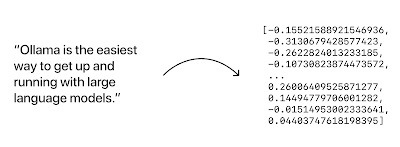The landscape of artificial intelligence is evolving rapidly, and nowhere is this more evident than in the recent explosion of research surrounding multimodal Large Language Models (MM-LLMs). In the last few weeks alone, the academic community has been abuzz with numerous publications dedicated to these advanced AI systems.
A Rich Tapestry of Multimodal AI
Multimodal LLMs are fascinating in that they can process and understand multiple types of data inputs — be it text, audio, visual content, or a combination thereof. This versatility allows them to perform a variety of complex tasks that were previously out of reach for more narrowly focused AI models.
The survey of the recent 26 MM-LLMs not only provides a broad overview of the current state of the field but also acts as a beacon, guiding future research. It encompasses a variety of systems, each denoting a significant milestone in the MM-LLMs journey. From the foundational Flamingo to the comprehensive GPT-4, each model has pushed the boundaries of what AI can comprehend and generate.
Recipes for Success
One of the highlights of the survey is the inclusion of "training recipes." These are essentially methodologies and best practices for training MM-LLMs more effectively. They serve as invaluable resources for those looking to enhance the capabilities of these models further.
The insights gleaned from these training recipes are likely to accelerate the adoption and fine-tuning of MM-LLMs across various domains. Researchers and practitioners can now iterate on these models with greater confidence, knowing they are building on a foundation of proven techniques.
Open-Source: A Catalyst for Innovation
Another driving force behind the rapid advancements in MM-LLMs has been the open-source movement. By sharing datasets, benchmarks, and model architectures freely, the AI community has fostered an environment of collaboration and innovation.
The open-source efforts allow for a democratization of technology, where researchers and developers from around the world can contribute to and benefit from the collective knowledge. This has undoubtedly played a role in the ease with which these systems can now be tuned and augmented.
Looking Forward
The future of MM-LLMs is undeniably bright, with the survey outlining some promising research directions. There is a palpable sense of excitement about where these systems can go next and the problems they can solve.
As we look at the infographic, it is clear that each logo represents more than just a model; it symbolizes a leap towards a future where AI can seamlessly interact with the world through multiple modalities. It's a future where language is no longer a barrier but a bridge to greater understanding and capability.
The path forward is studded with challenges and opportunities. However, with the collective effort of the global AI community and the continued sharing of knowledge and resources, the advancements in MM-LLMs are set to revolutionize our interaction with technology.














